We may earn money or products from the companies mentioned in this post. This means if you click on the link and purchase the item, I will receive a small commission at no extra cost to you ... you're just helping re-supply our family's travel fund.
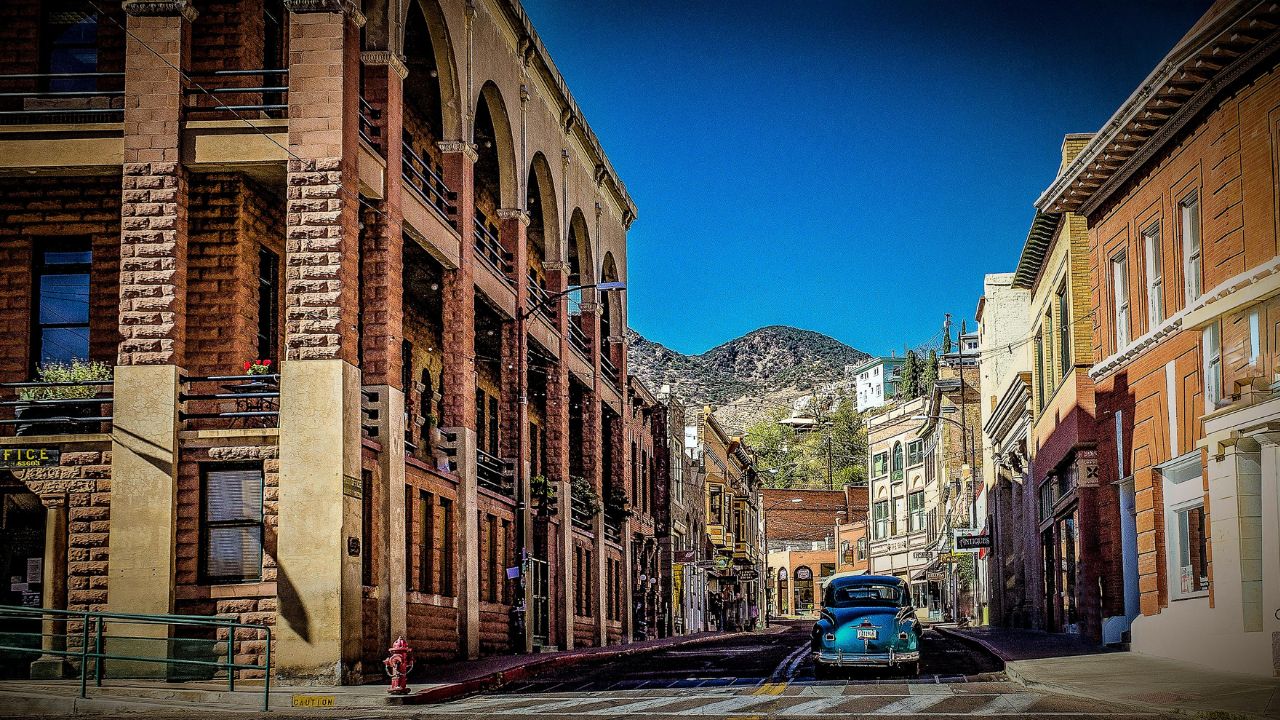
Arizona wears its past on its sleeve — not in curated exhibits, but in dusty boardwalks, bullet-pocked saloons, and mining carts left exactly where time dropped them. These towns didn’t reinvent themselves; they just kept going, slowly, proudly. If the wind feels familiar and the silence too full, it’s because you’re walking where legends didn’t just pass through — they lingered.
1. Tombstone
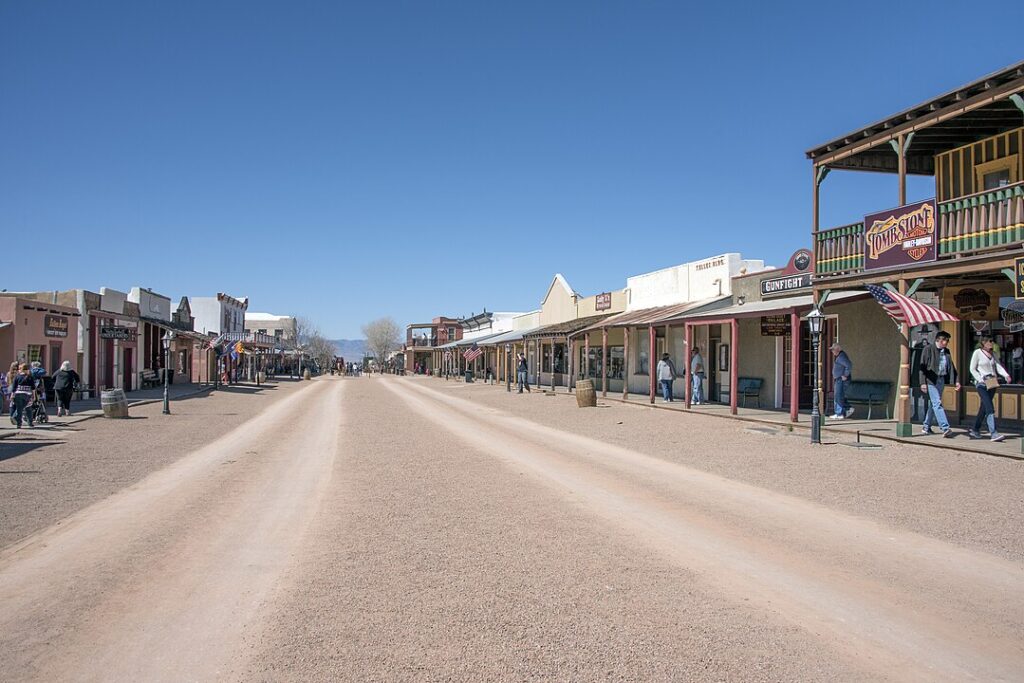
It’s hard to tell where the reenactments end and the real ghosts begin. Tombstone doesn’t just tell you about the Wild West — it breathes it. The O.K. Corral still draws a crowd, but it’s the sunbaked gravestones and creaky floorboards of Big Nose Kate’s Saloon that leave the mark. Walk Allen Street at dusk, and you’ll feel it — the past here doesn’t perform. It waits.
2. Jerome
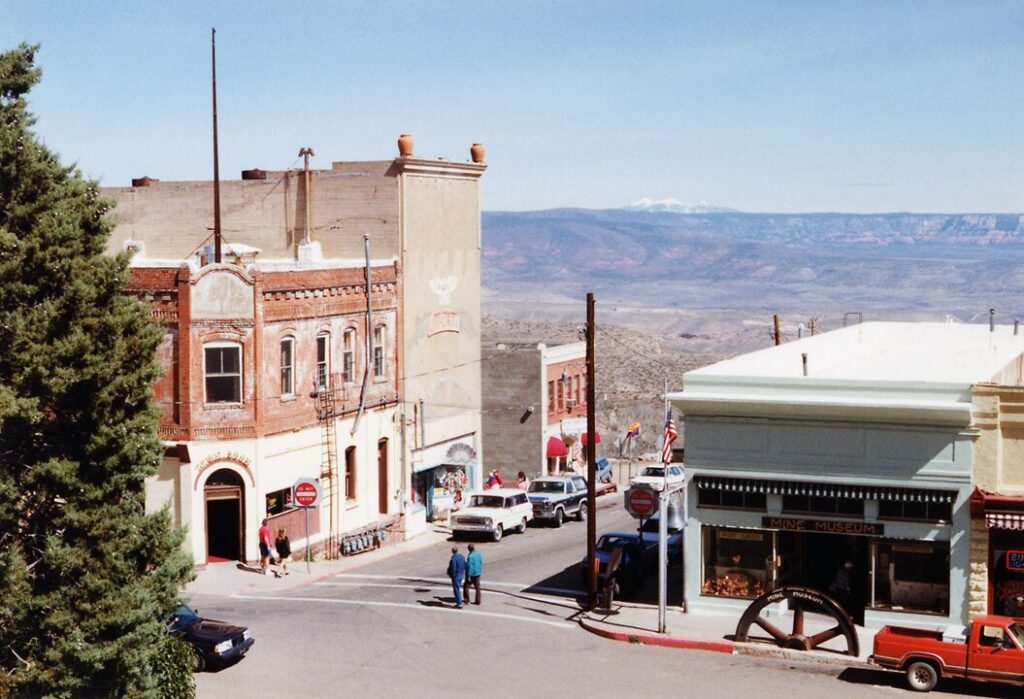
Perched on Cleopatra Hill, Jerome was once called the “wickedest town in the West.” Today, its mining roots cling to steep roads and crumbling facades. The town boomed with copper and burned with scandal. Now, art galleries share walls with ghost stories. Walk through the old jail, which slid downhill decades ago, and you’ll realize — in Jerome, even buildings resist forgetting.
3. Bisbee
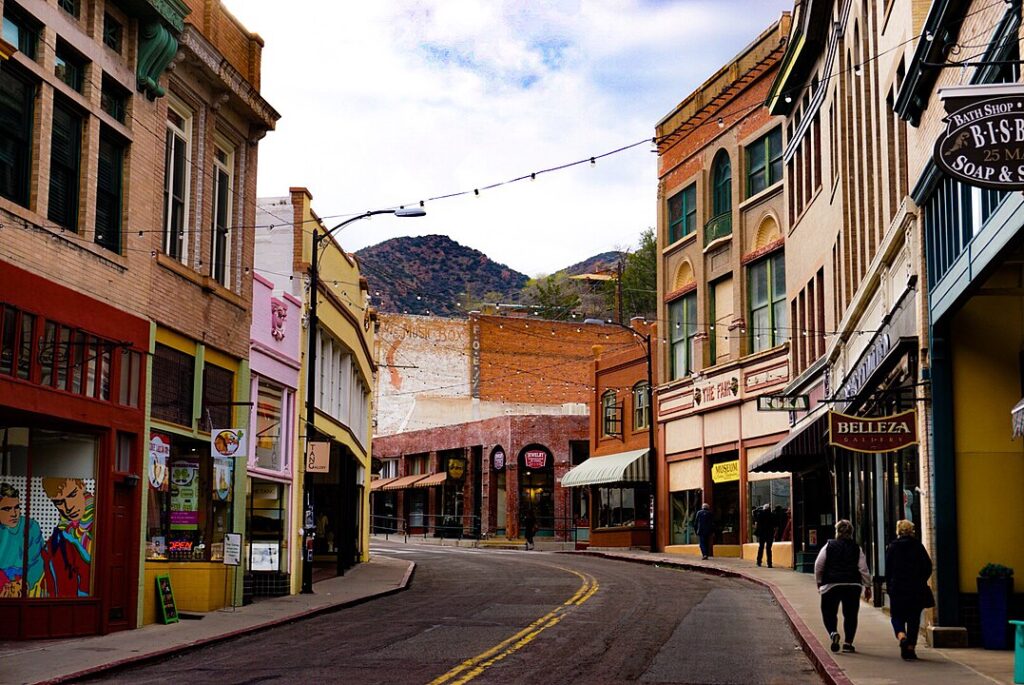
Bisbee doesn’t scream for attention. It hums, softly, like the mines that once made it rich. Copper ruled this town, and remnants of that empire still tunnel beneath it. The streets twist like secrets, and historic homes cling to red rock like they’re defying gravity. Don’t just look — listen. In Bisbee, history isn’t staged — it’s lived in, layered under every creaking step.
4. Prescott
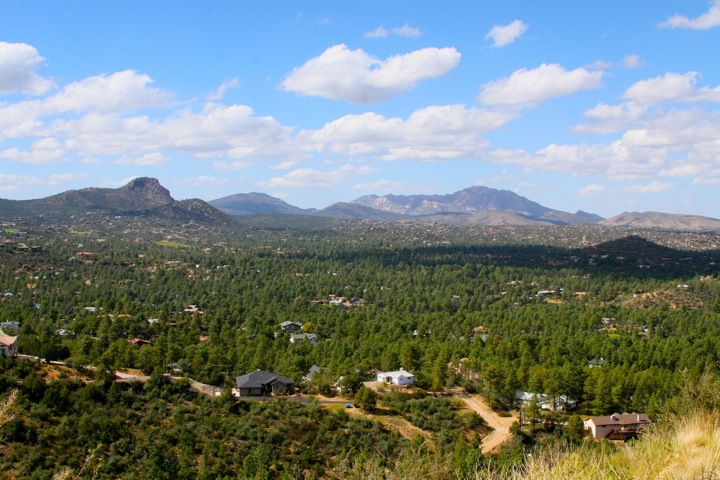
Prescott has a swagger that feels earned, not borrowed. Whiskey Row still pours hard drinks, and the courthouse square whispers of duels and deals long settled. But beneath the bravado is a town that remembers its frontier roots without turning them into caricature. Cowboys still ride here — not for show, but for work. It’s less reenactment, more reminder.
5. Wickenburg
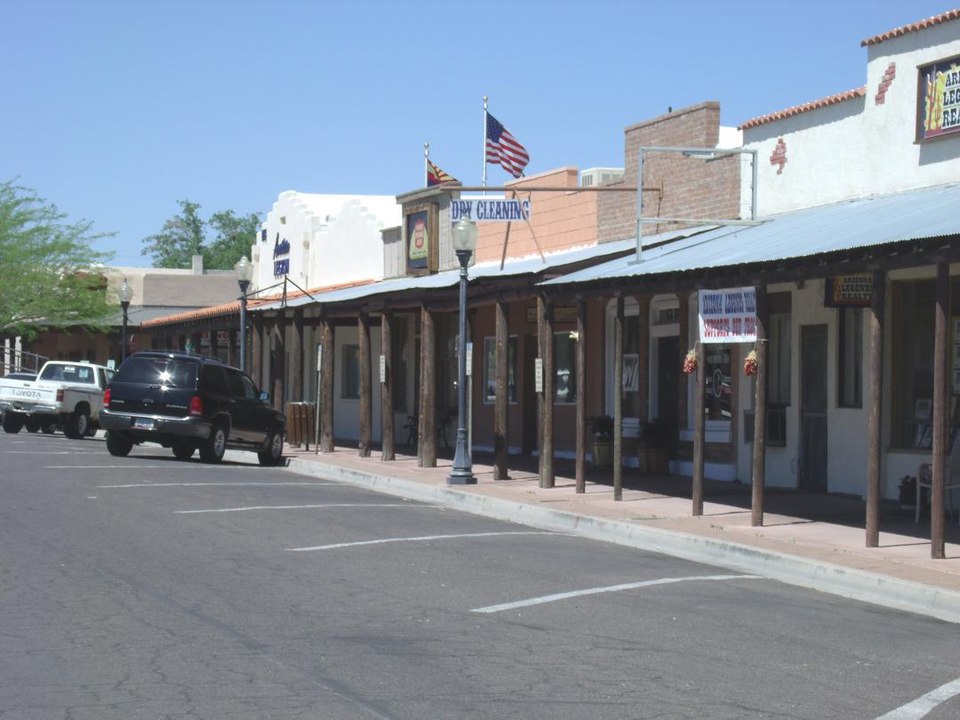
Wickenburg knows how to wait. Its streets stretch wide under big skies, and the hitching posts outside storefronts aren’t for effect — some folks still use them. Built on gold, the town feels more cattle than cliché. The old train depot stands firm, and the jail tree, once used to chain up outlaws, still throws shade over stories too stubborn to fade.
6. Chloride
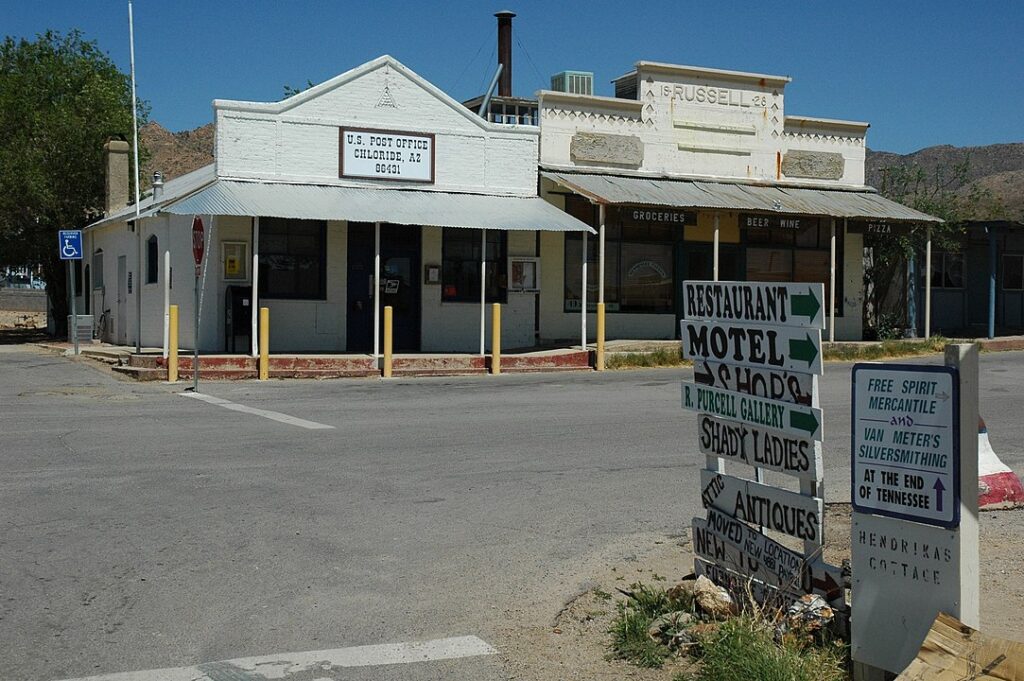
Chloride barely registers on a map, but once you’re there, it feels like you stumbled into someone else’s dream. Once a booming silver town, it now exists in a slow, surreal time loop. Hand-painted murals climb rocky hillsides. Rusted vehicles sit where they last ran. Locals wave not out of hospitality, but habit. Chloride doesn’t preserve history — it’s marooned in it.
7. Fairbank
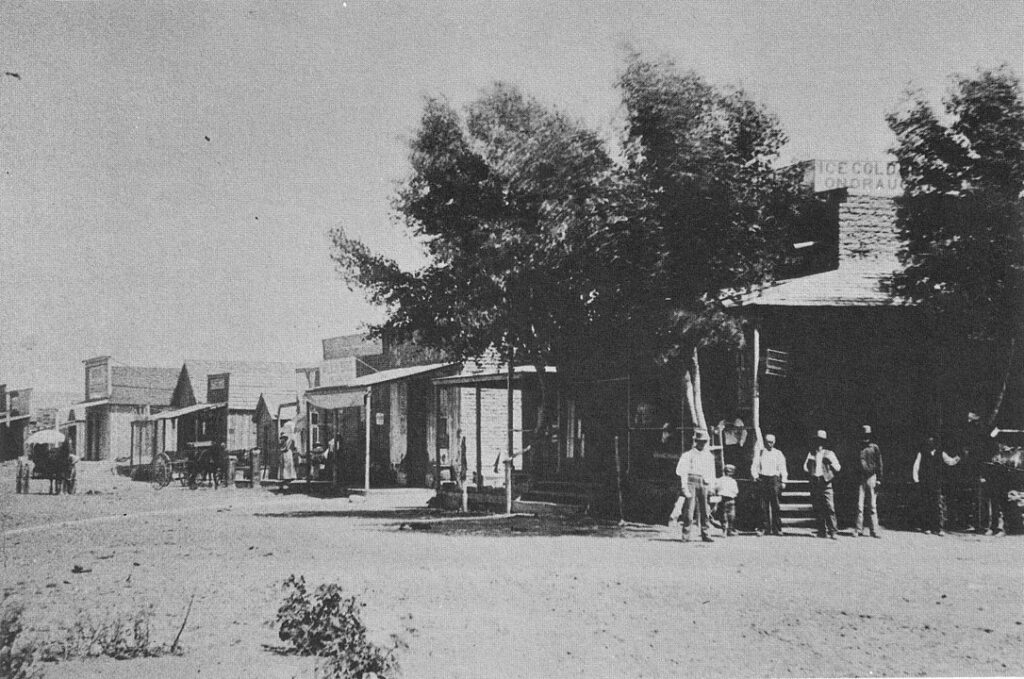
Tucked off the highway and often passed by, Fairbank is almost too quiet. Its abandoned schoolhouse still watches over the San Pedro River, and its wooden platforms creak without footfall. Once a rail hub, now a whisper, Fairbank invites no fanfare — just footprints and time. The silence is startling, but not empty. It’s the kind that listens back.
8. Patagonia
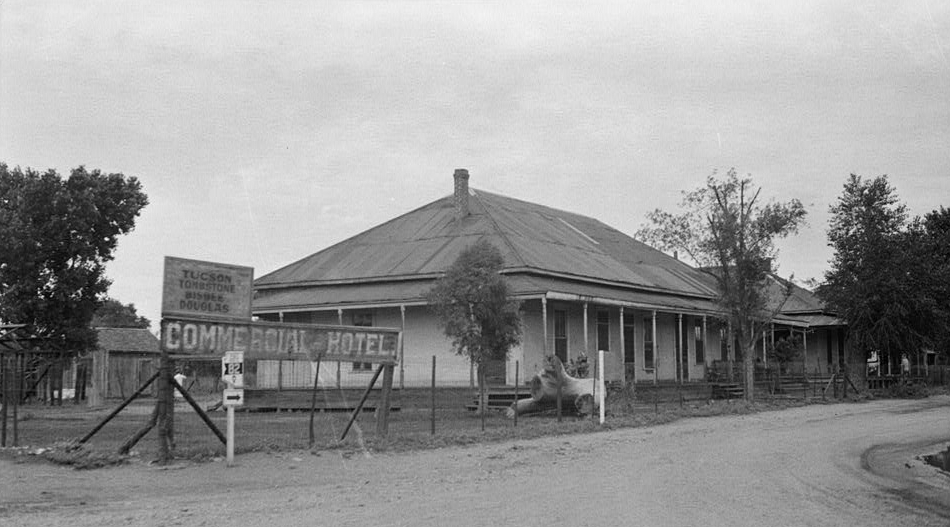
Patagonia doesn’t feel staged — it feels paused. Surrounded by rolling hills and cottonwood trees, it hums with ranching rhythms and railroad echoes. Old storefronts stand like they’ve always known their worth, and the historic hotel still creaks with charm. There’s a quiet sense here that time isn’t lost — just gently folded away, like a well-worn map in a glovebox.
9. Oatman
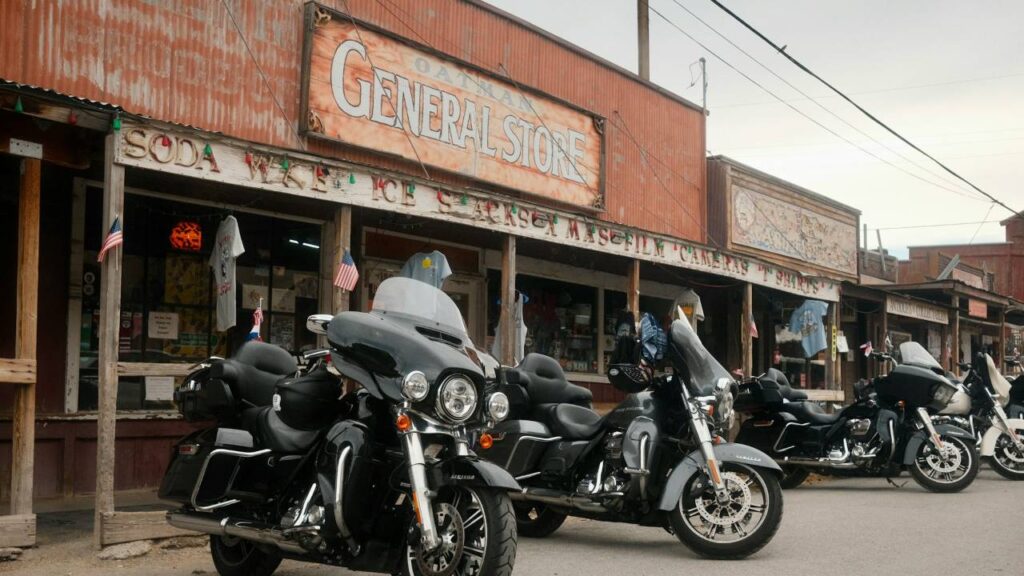
Oatman is where the desert decides to show its character. Burros wander the streets like they own the place, and honestly, they kind of do. The wooden storefronts lean into the sun, the asphalt shimmers, and the old hotel carries stories that never got the memo to leave. Gunfights still play out for fun, but the real show is the town itself — stubborn, dusty, and impossible to forget.